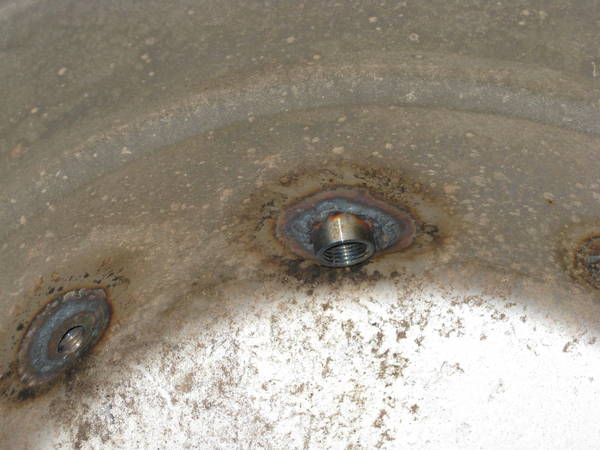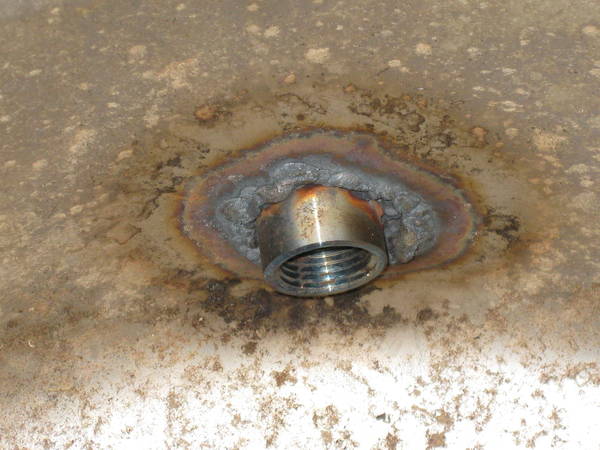aekdbbop
Well-Known Member
Ok, got my kegs back, and the outside looks awesome..the inside is a different story.. please excuse the fact that they need to be cleaned out and pressure washed..


do you guys think:
1) this will affect the beer in its current condition.
2) i should file it down or do something to it
3) just use some BKF and it will be fine...
I really don't want to go back to him, he was kind of a pain to deal with and took forever.. but he did charge very little to do all three..
thanks for your input..


do you guys think:
1) this will affect the beer in its current condition.
2) i should file it down or do something to it
3) just use some BKF and it will be fine...
I really don't want to go back to him, he was kind of a pain to deal with and took forever.. but he did charge very little to do all three..
thanks for your input..















































![Craft A Brew - Safale S-04 Dry Yeast - Fermentis - English Ale Dry Yeast - For English and American Ales and Hard Apple Ciders - Ingredients for Home Brewing - Beer Making Supplies - [1 Pack]](https://m.media-amazon.com/images/I/41fVGNh6JfL._SL500_.jpg)












